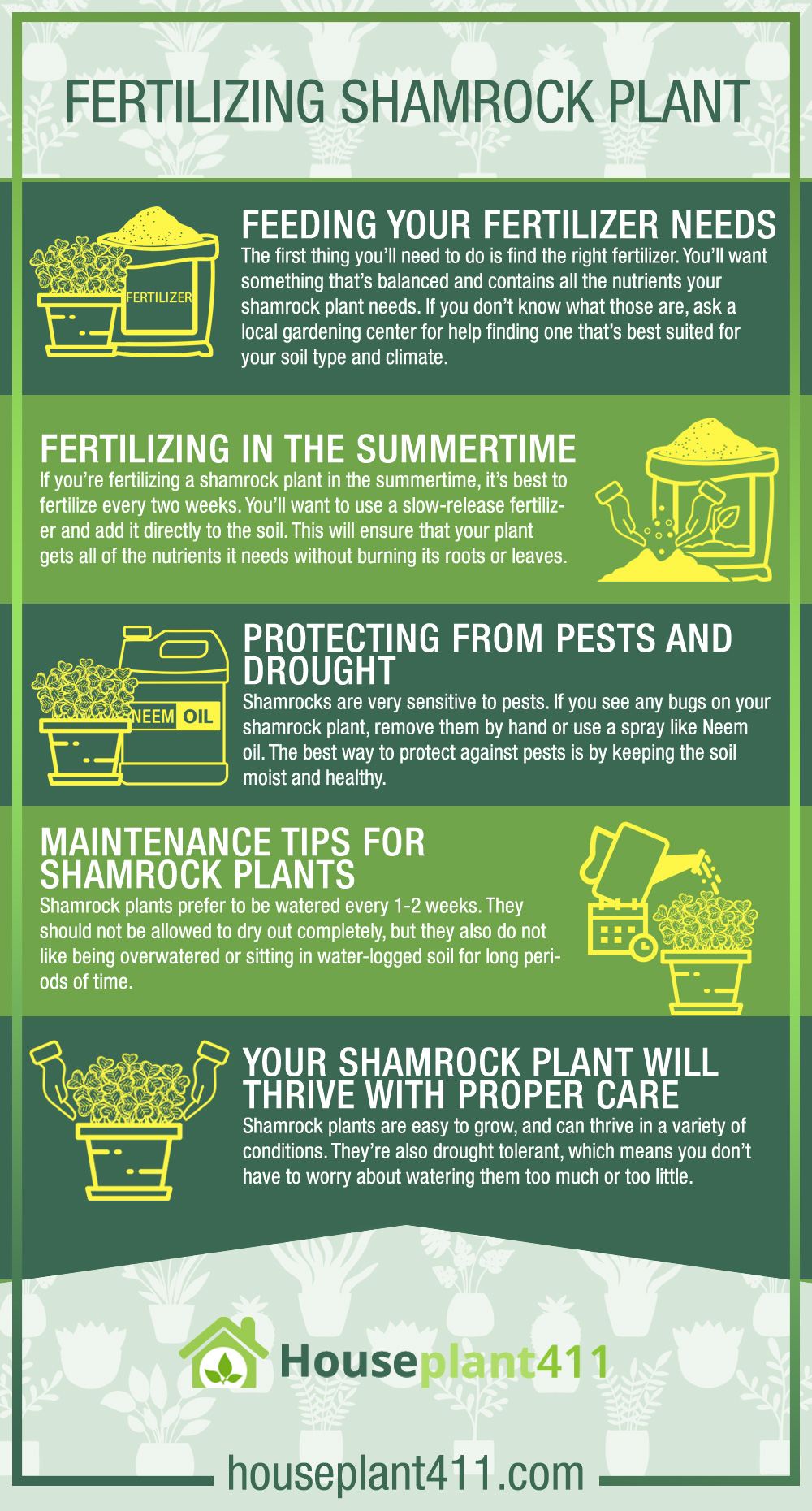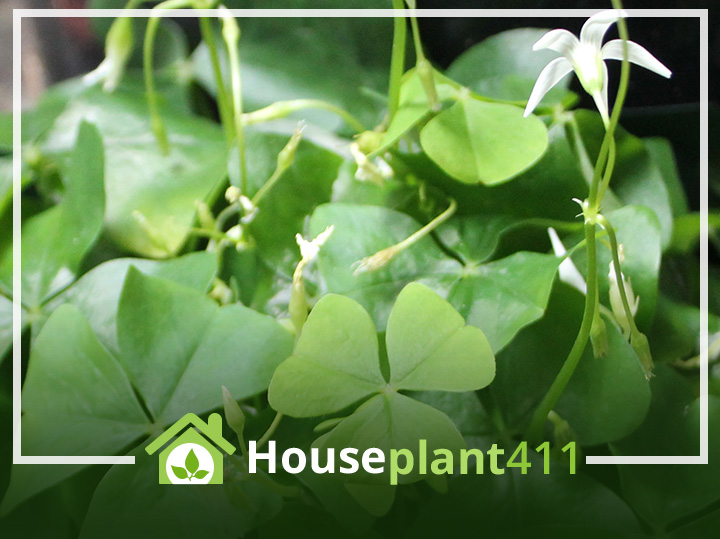Shamrock plants are a great addition to any garden. They can be grown indoors or outdoors and add a pop of green to any room. However, shamrocks do require some maintenance in order to stay healthy and lush.
A shamrock plant is a type of clover that has been used as a symbol for Ireland. The three leaves on the shamrock symbolize the Holy Trinity, and it was once believed that eating them would bring good luck. Shamrocks are also associated with St Patrick’s Day and have become popular as house plants in recent years.
If you want your shamrock plant to thrive, it’s important that you fertilize it properly and protect it from bugs and drought. That’s why we’ve compiled this list of tips for raising healthy shamrock plants:
What is a Shamrock Plant?
Shamrock plants, also known as clover plants, are a type of succulent. They’re often used in wreaths and other decorations because they are easy to grow and maintain.
Shamrock plants can be grown indoors or out–but if you want your shamrock plant to thrive, keep it indoors during the winter months when temperatures drop below 50 degrees Fahrenheit (10 degrees Celsius).
There are several different types of shamrock plants available, including:
- Trifolium repens (creeping clover) – this is the most common type found around homes and gardens; it grows quickly, spreads easily and can tolerate poor soil conditions; it has small white flowers followed by seed pods;
- Medicago lupulina (black medick) – this species has dark green leaves with purple veins along its stems; its flowers are yellow-green in color with purple centers; it prefers moist soil conditions but will tolerate dryer ones if necessary;
- Melilotus alba ‘Goldfinch’ – this variety produces yellow flowers which fade to cream before opening fully at sunrise or sunset so they’re best planted where they’ll receive some light during these times such as near windowsills or under patio lights.
Feeding Your Fertilizer Needs
The first thing you’ll need to do is find the right fertilizer. You’ll want something that’s balanced and contains all the nutrients your shamrock plant needs. If you don’t know what those are, ask a local gardening center for help finding one that’s best suited for your soil type and climate.
Once you’ve got your fertilizer in hand, it’s time to feed those hungry roots! To do this properly:
Mix up the recommended dosage of fertilizer according to the package directions with water and pour it into a watering can or spray bottle (if using an automatic feeder).
Water each plant thoroughly until water comes out of its leaves; this helps distribute nutrients throughout its system. It also helps prevent accidental overfeeding by making sure all leaves are saturated before adding more liquid. If possible, perform this task when temperatures are warm enough outside so they won’t freeze while being watered–this way they won’t be thirsty again too soon after receiving their daily dose of nutrients. You should fertilize every 2 weeks during spring through summer months; less often during fall/winter because there isn’t as much growth happening then anyway!
Fertilizing in the Summertime
If you’re fertilizing a shamrock plant in the summertime, it’s best to fertilize every two weeks. You’ll want to use a slow-release fertilizer and add it directly to the soil. This will ensure that your plant gets all of the nutrients it needs without burning its roots or leaves.
Fertilizing at night or early in the morning is preferable because these are times when temperatures are cooler and there isn’t as much wind around–both of which cause stress on plants by drying them out too quickly. If possible, avoid fertilizing during midday heat because this can also cause damage due to high stress levels for your shamrocks!
Protecting from Pests and Drought
Shamrocks are very sensitive to pests. If you see any bugs on your shamrock plant, remove them by hand or use a spray like Neem oil. The best way to protect against pests is by keeping the soil moist and healthy. If you notice that your shamrock is losing its leaves or wilting in one area of its stem, this may be because it has been exposed to too much sunlight or heat and needs more water.
Maintenance Tips for Shamrock Plants
Shamrock plants are easy to maintain and require minimal care. Here are some tips for keeping your shamrock plant healthy:
Water Regularly
Shamrock plants prefer to be watered every 1-2 weeks. They should not be allowed to dry out completely, but they also do not like being overwatered or sitting in water-logged soil for long periods of time. If you can’t remember when you last watered your shamrock plant, check the soil with your finger; if it feels dry down 1 inch or more into the potting mix, give it a drink!
Remove Dead Leaves
Remove dead leaves as needed (this will happen naturally as part of regular pruning). You’ll know if any leaves are diseased because they will look different from healthy ones. Removing the dead leaves in time may save others.
Your Shamrock Plant Will Thrive with Proper Care
Shamrock plants are easy to grow, and can thrive in a variety of conditions. They’re also drought tolerant, which means you don’t have to worry about watering them too much or too little. The key is giving your Shamrock Plant enough light–more than most houseplants require–and fertilizing it regularly with a balanced fertilizer such as 15-30-15.

Shamrock plants are a great addition to any home or office. They’re easy to care for and can be enjoyed all year long! We hope this guide has helped you learn more about caring for your shamrock plant. If you have any questions or comments, please feel free to leave them below. We love hearing from our readers!

